
© Jeff Busby. (Click image for larger version)
Australian Ballet
Giselle
Melbourne, State Theatre
14 March 2015 (matinee)
www.australianballet.com.au
artscentremelbourne.com.au
Maina Gielgud first staged her production of Giselle for the Australian Ballet in 1986. But it has been out of the company’s repertoire for a number of years. In fact so many ballet years have passed since the last staging that, for all but a handful of the present company, dancing Giselle (in any production) is a completely new experience. Gielgud, who was in Australia for several months from late 2014, had her work cut out for her as she set about rehearsing her production for performances in Melbourne, Sydney, Canberra and Adelaide in 2015.
There were some technical highlights from the lead dancers in the performance I saw, which was the second of the Giselle season. The Act II pas de deux was nicely danced by Natasha Kusch, making her debut with the Australian Ballet as Giselle, and Chengwu Guo as Albrecht, making his debut in a principal role. In fact there were some quite beautiful moments as Guo lifted Kusch and held her as she swung her body through the air so lightly and with such a silken effect that she looked just like the surreal, shadowy creature she is meant to be. Kusch’s solo in Act I was also strongly danced and her hops on pointe down the diagonal looked absolutely effortless. Guo caused me to gasp at his breathtaking multiple turns in attitude, and his entrechats six in his Act II solo were brilliant.

© Lynette Wills. (Click image for larger version)
But I have to admit to being disappointed. Both Kusch and Guo failed at critical moments to invest their characters with the powerful emotions needed to carry the story. When Albrecht appears for the first time in Act II, wearing his long, velvet cloak and carrying his bunch of white lilies, he is in mourning. That moment has the power to bring tears to the eyes, and to take us back to what has happened in Act I and cause us to wonder what will happen next. But Guo just walked across the stage. Nothing there to bring a lump to the throat. And why would Albrecht smile while performing his series of entrechats, no matter how beautifully executed they were? He is almost dead from exhaustion, not performing in an eisteddfod. As for Kusch, she was mostly charming and hopelessly in love in Act I, but she struggled to convince in the mad scene. It all looked artificial and gave little to the rest of the cast to react to. It left me cold.
From a dramatic point of view, the strongest character was Hilarion, danced by Brett Simon. He played the part straight down the line: a rough, brusque peasant. Even as he gave Giselle’s mother, Berthe, a rabbit he had shot, he did not stand on ceremony and expected no thanks. A perfectly normal act for a gamekeeper. And in Act II, unlike Guo, Simon felt the power of Myrtha (Valerie Tereshchenko) as she and her band of Wilis refused to let him live when they discovered him in their domain. His arms and body told the story, but could have done so even more with stronger input from Myrtha.
From a dancing point of view, a highlight for me was the peasant pas de deux danced by a sunny and smiling Benedicte Bemet and a lively Marcus Morelli. Morelli’s tours en l’air and pirouettes were beautifully placed, and he even pointed his feet! The corps de ballet was well drilled in both acts.
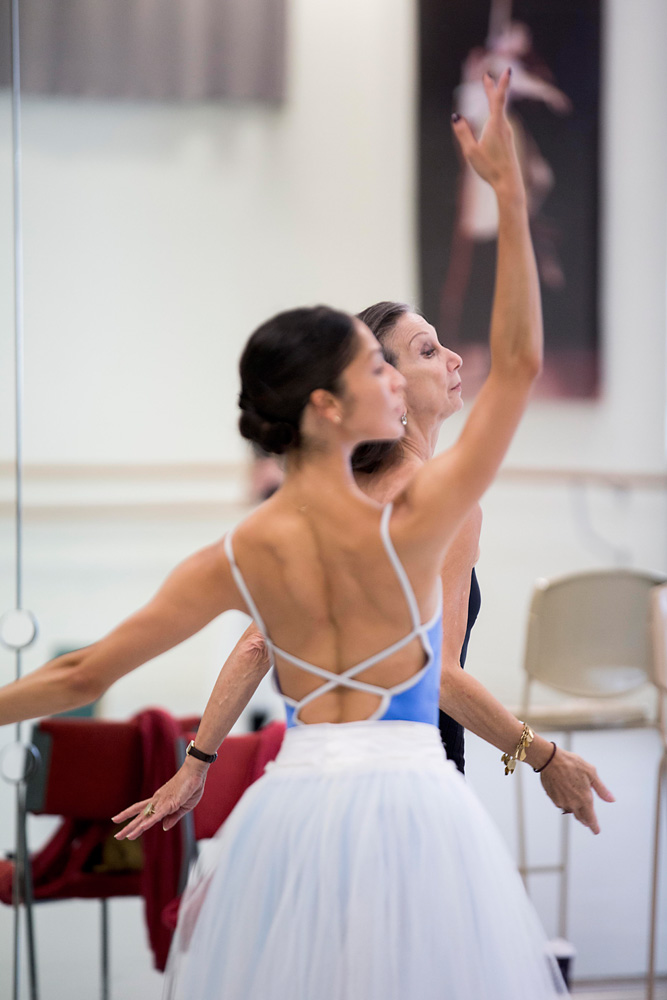
© Lynette Wills. (Click image for larger version)
Berthe, played by former Australian Ballet principal dancer Lisa Bolte, was very motherly and caring, although there seemed to be too little differentiation between her and the younger people. I missed especially what I think is an integral aspect of Berthe’s character—her superstition. The village girls weren’t anxious when Berthe told them about the presence and power of the Wilis, so why would the audience feel a shiver down the spine? A wonderful opportunity to set up and give a rationale to the other-worldly feeling of Act II was missed.
The Gielgud production that I know and have watched with pleasure over many years is a traditional one. Forget for the moment Mats Ek, Sylvie Guillem and others who have reimagined the work in some way. Gielgud is one for looking to the past, while making every effort to make the ballet resonate with audiences today. But although Giselle might be a traditional ballet from the nineteenth century, it is a gutsy one with strongly-drawn characters who must carry the story from beginning to end and send us home exhausted but exhilarated. Sadly, it just wasn’t like that.







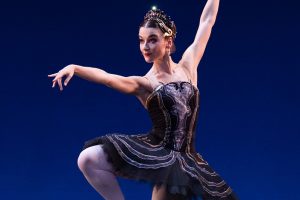

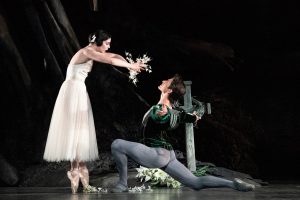
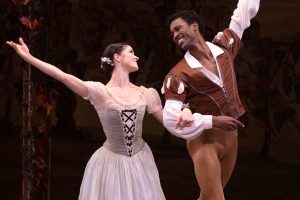


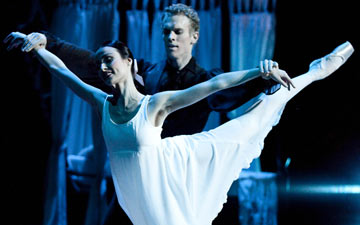
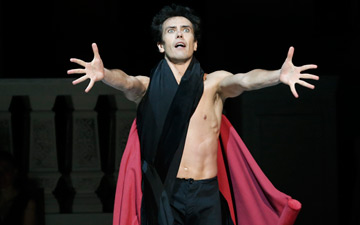
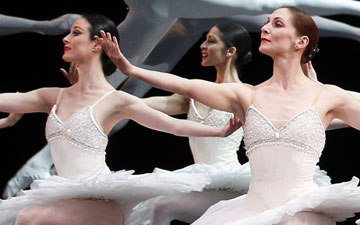

You must be logged in to post a comment.